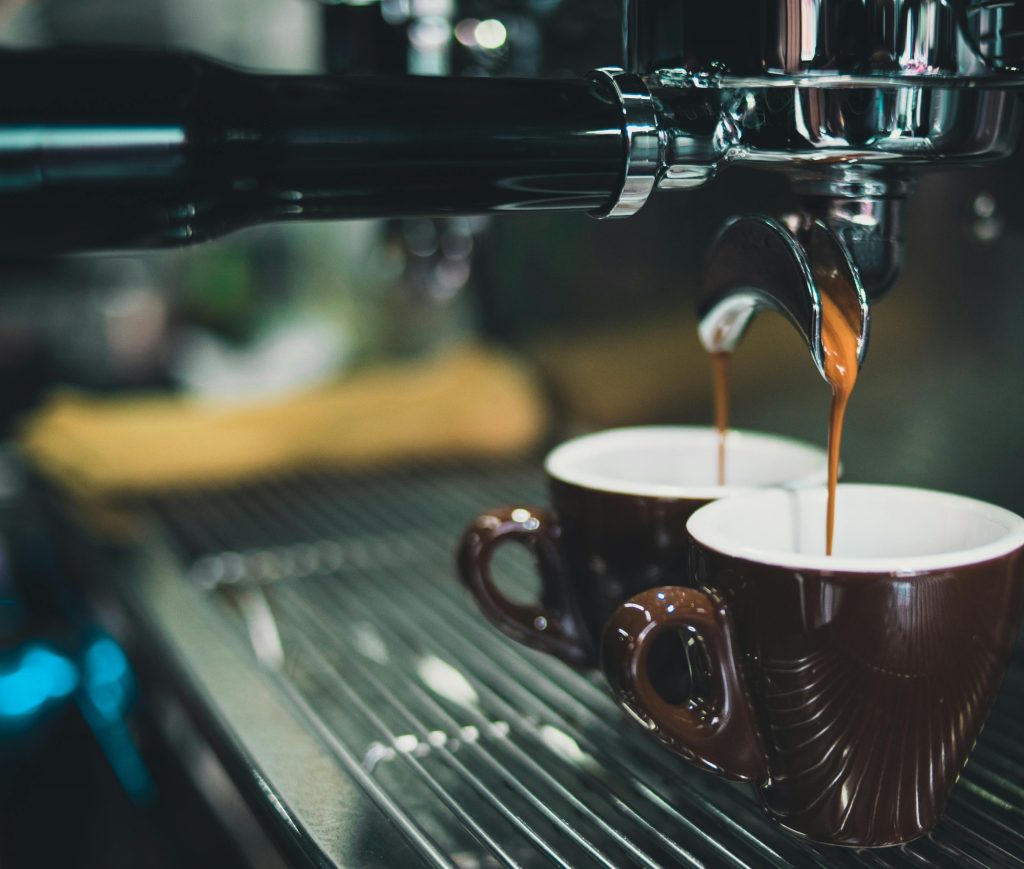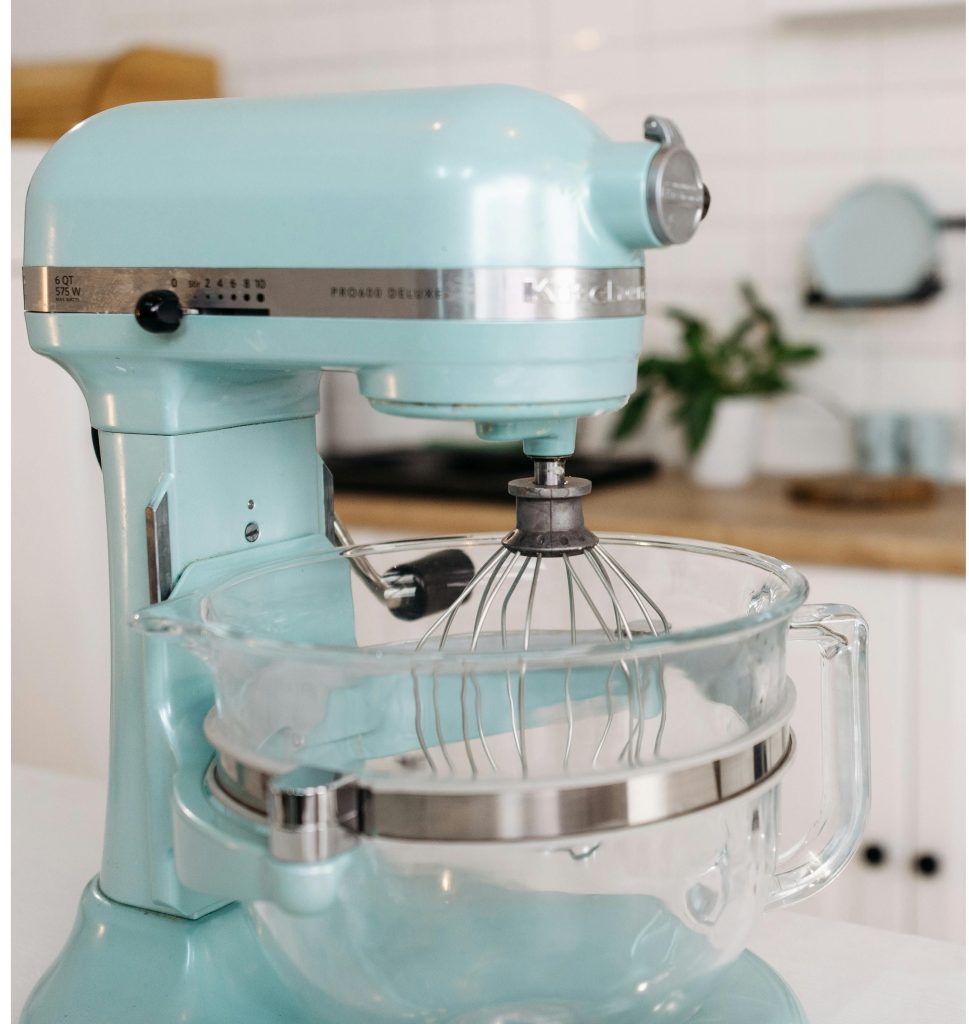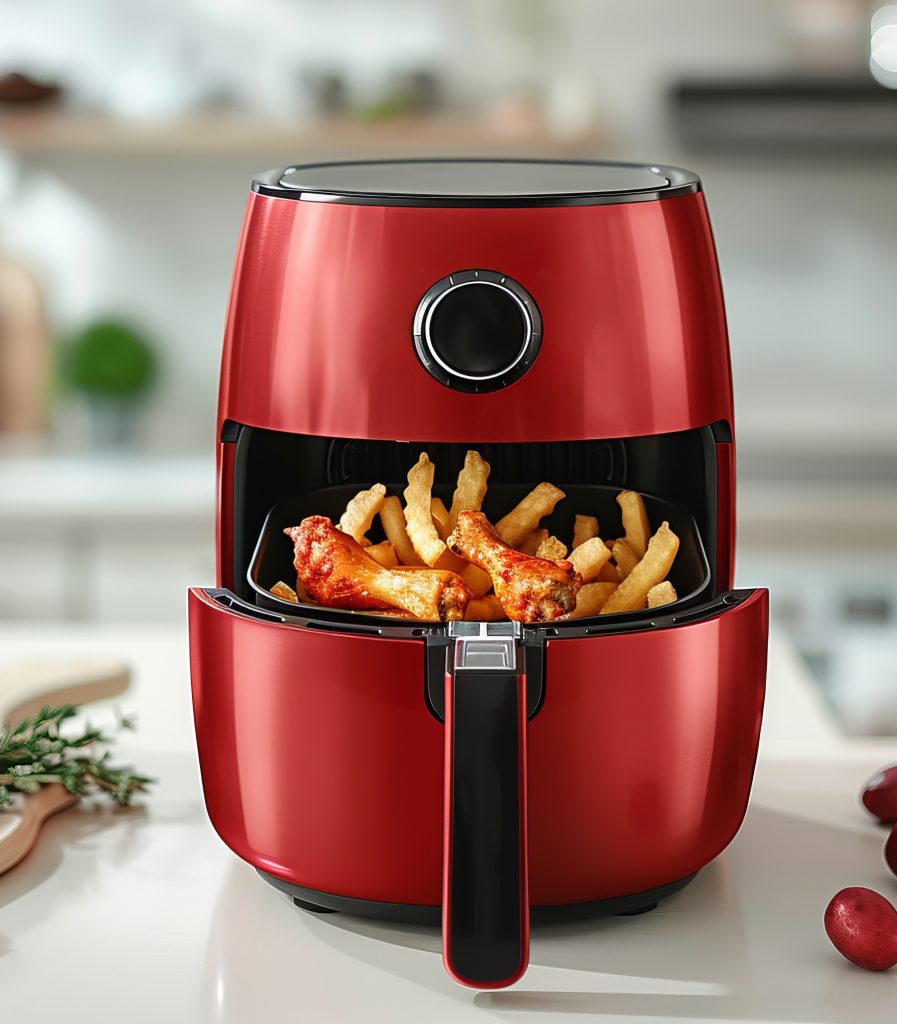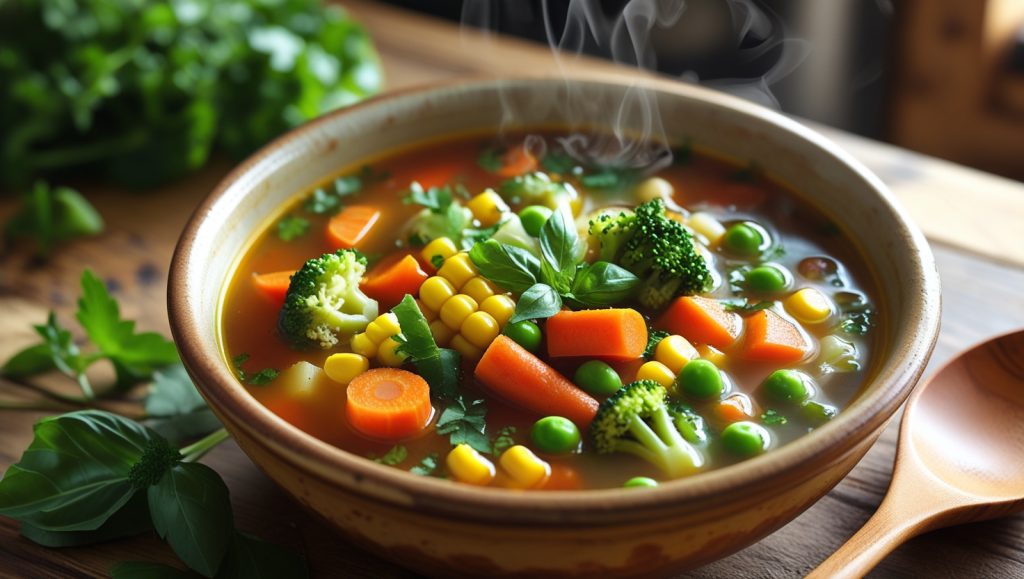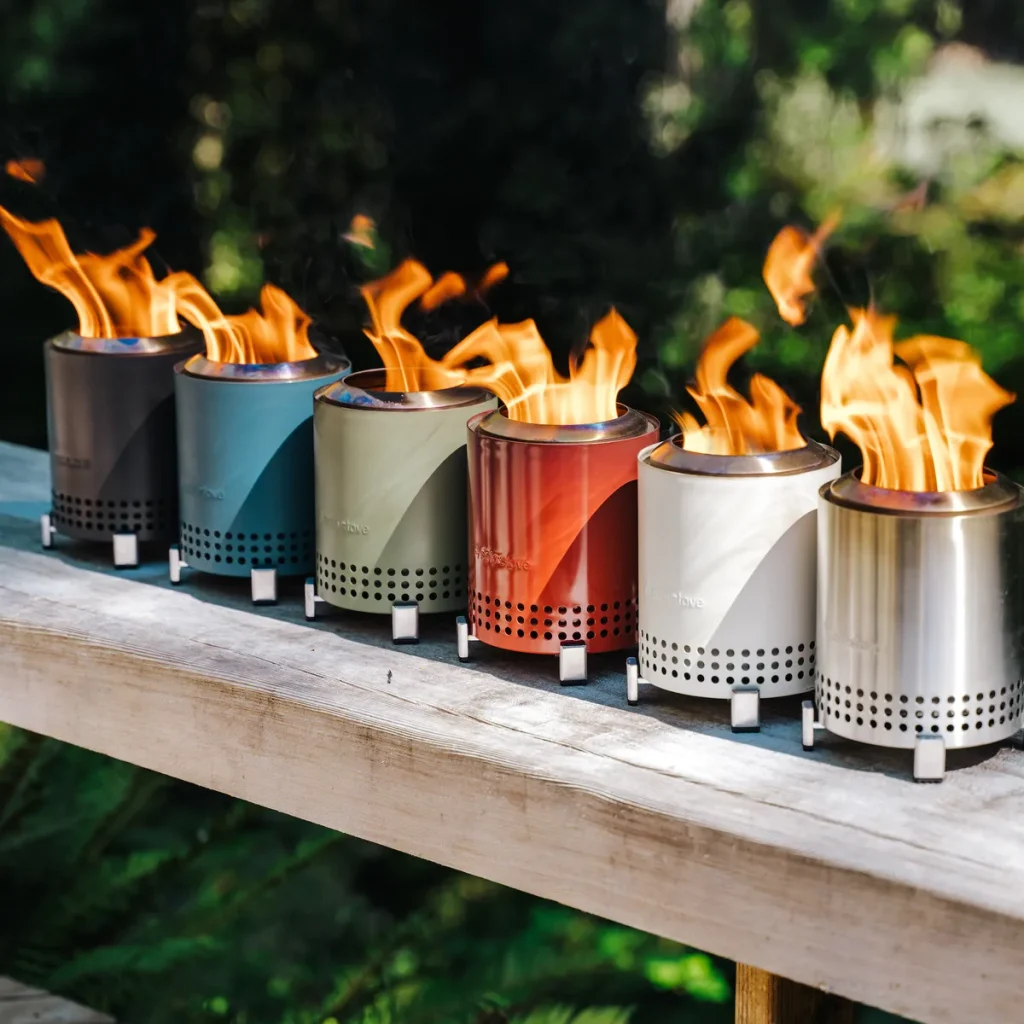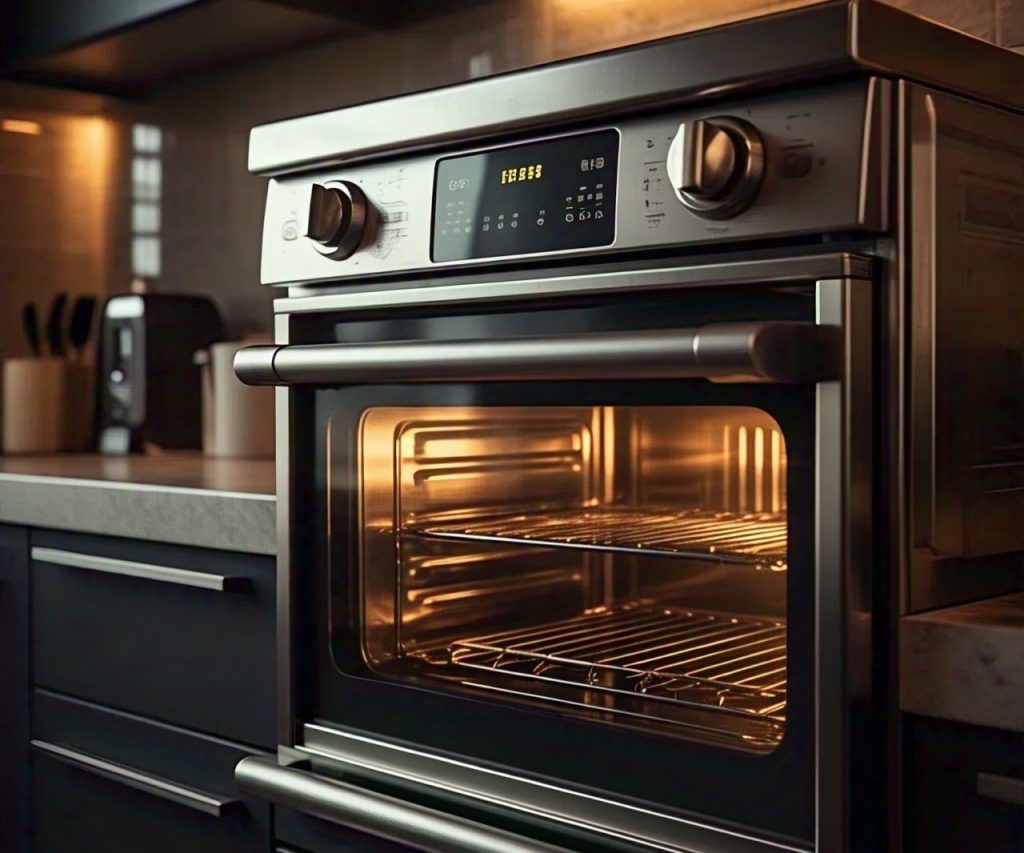Best coffee maker-brew the perfect cup at home in 2025
Introduction Best Coffee maker isn’t just a beverage—it’s a daily ritual, a moment of pause, and an essential fuel for life for many. But what transforms ordinary coffee into an extraordinary experience? The answer lies in understanding your coffee maker as a precision instrument rather than just another kitchen appliance. The world of best coffee makers is vast, catering to diverse preferences and brewing styles. Whether you prioritize convenience, flavor, or a blend of both, there’s a machine designed to elevate your coffee experience. Coffee brewing has evolved significantly from simple stovetop methods to sophisticated machines. Early coffee preparation involved boiling grounds in water, resulting in a strong, often bitter brew. The invention of the percolator and later, the drip coffee maker, brought automation and consistency. Today, technology has further refined the process, offering precise temperature control, programmable settings, and even built-in grinders. A best coffee maker can be a valuable addition to any home, providing convenience, cost savings, and customization. However, it’s essential to consider the initial cost, maintenance requirements, and potential environmental impact before making a purchase. Types Drip Coffee Makers These are the most common and user-friendly machines, ideal for brewing larger batches of coffee. Modern drip coffee makers often feature programmable settings, allowing you to schedule your brew. High-quality models focus on precise temperature control and even water distribution for optimal extraction. Single-Serve Coffee Makers These machines offer convenience and speed, brewing individual cups using pods or grounds. Pod-based systems like Keurig provide a wide variety of flavors and beverages. Single-serve brewers that use grounds offer more control over your coffee. Espresso Machines These machines use high pressure to extract concentrated espresso shots, the foundation for many specialty coffee drinks. Espresso machines range from basic models to professional-grade machines with advanced features. French Press A manual brewing method that involves steeping coffee grounds in hot water and then pressing them down with a filter. Pour-Over Coffee Makers Another manual method involves pouring hot water over coffee grounds in a filter cone. Pour-over brewing allows for precise control over the brewing process, resulting in nuanced flavors. Features Consistent Water Temperature: This is crucial for optimal extraction. The machine should maintain a stable temperature between 195°F and 205°F (90°C and 96°C). Consistent temperature ensures even extraction and prevents bitter or weak coffee. Even Water Distribution: The machine should evenly saturate the coffee grounds for uniform extraction. A “showerhead” design often facilitates this, ensuring all grounds come into contact with water. Brewing Capacity: Consider how many cups you typically need. Machines range from single-serve to large-capacity carafes. Choose a capacity that matches your household’s or office’s needs. Ease of Use: Simple controls and clear instructions are essential. Look for machines with intuitive interfaces and easy-to-fill water reservoirs. Ease of Cleaning: Removable parts, such as filter baskets and carafes, simplify cleaning. Some machines offer self-cleaning functions, which can be a valuable feature. Reliable Filtration: The machine should effectively filter coffee grounds, whether using paper filters or a reusable filter. A good filtration system prevents sediment in your coffee. Durability: A well-built machine will last longer and provide consistent performance. Look for machines with sturdy construction and quality materials. Programmable Settings (Optional but Useful): Programmable timers allow you to schedule brewing, so your coffee is ready when you wake up. This feature adds convenience to your daily routine. Why these features matter: These features contribute directly to the quality and consistency of your brewed coffee. They also affect the convenience and ease of use of the coffee maker. A focus on these basic elements ensures a satisfying coffee experience. Advantages and Disadvantages Owning a best coffee maker offers numerous conveniences, but it’s essential to weigh the advantages and disadvantages before making a purchase. Here’s a breakdown: Advantages: Convenience: Coffee is available at your fingertips, anytime you want it. Programmable machines allow you to wake up to freshly brewed coffee. Saves time and effort compared to manual brewing methods or trips to a coffee shop. Cost-effectiveness: Brewing coffee at home is generally much cheaper than buying it from a coffee shop, especially for regular coffee drinkers. Over time, a coffee maker can pay for itself. Customization: You have control over the strength, flavor, and type of coffee you brew. You can experiment with different coffee beans and brewing methods. Some machines have features that allow very fine tuning of the brew. Consistency: Machines can provide consistent brewing results, ensuring a reliable cup of coffee every time. Variety: Modern best coffee makers offer a wide range of brewing options, from simple drip coffee to espresso-based drinks. Disadvantages: Initial Cost: Best Coffee makers can range in price from affordable to expensive, depending on the features and quality. Maintenance: Best Coffee makers require regular cleaning to prevent mineral buildup and maintain performance. Some machines can be more difficult to clean than others. Space Consumption: Best Coffee makers can take up valuable counter space, especially larger models. Environmental Impact: Single-serve pod machines can generate significant waste. Even traditional drip machines require paper filters, which contribute to waste. Potential for Mediocre Coffee: Lower quality machines may not regulate water temperature well, leading to bad tasting coffee. Conclusion A best coffee maker can be a valuable addition to any home, providing convenience, cost savings, and customization. However, it’s essential to consider the initial cost, maintenance requirements, and potential environmental impact before making a purchase.
Best coffee maker-brew the perfect cup at home in 2025 Read More »

